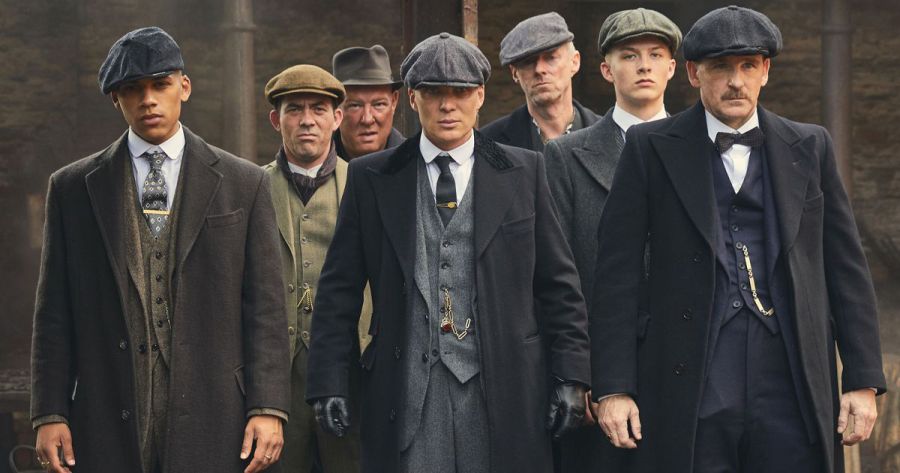The Evolution of 1920s Men’s Fashion: Key Trends and Styles
The Evolution of 1920s Men's Fashion: Key Trends and Styles
The 1920s, often dubbed the “Roaring Twenties,” was a decade of significant transformation in various aspects of society, and fashion was no exception. As the world emerged from the aftermath of World War I, the 1920s heralded an era of exuberance and change, reflected vividly in the evolution of men’s fashion. This article delves into the key trends and styles that defined 1920s men’s fashion, highlighting how this vibrant period marked a shift towards modernity and sophistication in male attire.
The Context of 1920s Men’s Fashion
The 1920s was a decade characterized by economic prosperity, social change, and cultural upheaval. The aftermath of the Great War brought a desire for escape and enjoyment, which was mirrored in the fashion choices of the era. The previous restrictive styles of the Victorian and Edwardian periods gave way to more relaxed and functional garments. This shift was influenced by new technologies, such as the invention of synthetic dyes, and the changing roles of men in society.

Key Trends in 1920s Men’s Fashion
The Advent of the Lounge Suit
One of the most significant changes in 1920s men’s fashion was the widespread adoption of the lounge suit. Before the 1920s, formal wear typically included the three-piece suit consisting of a tailcoat, waistcoat, and trousers. However, the lounge suit, which featured a more relaxed, yet still elegant, cut, became increasingly popular. It consisted of a single-breasted jacket, trousers, and a waistcoat, often made from lighter fabrics suitable for a variety of occasions. This suit epitomized the modern man’s wardrobe and represented a move towards practicality and comfort.
The Influence of American Culture
The 1920s also saw the rise of American culture’s influence on global fashion. The American film industry, with its burgeoning Hollywood scene, showcased new styles and contributed to the spread of fashion trends. The iconic image of the dapper, well-groomed man in a sharp suit became synonymous with the era, with celebrities and public figures setting fashion standards that were eagerly emulated by the public.
Fabric and Color Innovations
The 1920s were marked by an experimentation with fabrics and colors. Wool, tweed, and flannel became popular for their comfort and versatility. Patterns such as pinstripes, checks, and plaids gained prominence, adding a touch of personality and flair to men’s suits. Light colors like beige, gray, and pastel shades became fashionable, reflecting the era’s desire for freshness and a break from previous somber tones.
The Rise of the Sports Jacket
Another notable trend was the introduction of the sports jacket. Originally designed for leisure and outdoor activities, the sports jacket became a staple in men’s wardrobes, often worn with contrasting trousers. It was less formal than the lounge suit but offered a stylish alternative for social and semi-formal occasions. The sports jacket often featured patterns like hounds tooth and herringbone, adding a distinctive element to men’s fashion.
Accessories and Details
Accessories played a crucial role in 1920s men’s fashion. The era saw the popularity of items such as bow ties, cravats, and silk pocket squares. Fedoras and homburg hats were also essential accessories, complementing the overall look and adding an air of sophistication. Shoes were typically made from leather and featured designs such as brogues and Oxfords, often polished to a high shine.
The Evolution of the Trousers
Trousers in the 1920s underwent a notable transformation. The high-waisted trousers of the previous era gave way to a lower rise, and the fit became more relaxed. Pleats and cuffs became common, contributing to a more casual and comfortable silhouette. The new trousers were often paired with suspenders, which were considered both practical and fashionable.

The Social Impact of 1920s Men’s Fashion
The evolution of 1920s men’s fashion was not just about changing trends but also reflected broader social changes. The post-war era saw a relaxation of social norms and a greater emphasis on individual expression. Fashion became a means for men to showcase their modernity and success, aligning with the burgeoning middle class’s aspirations.
The shift towards more casual and versatile clothing also mirrored changes in daily life and work environments. As men transitioned to less formal jobs and engaged in leisure activities, their clothing needed to adapt. The fashion of the 1920s accommodated these changes, providing a blend of formality and comfort that suited the era’s dynamic lifestyle.
Conclusion
The evolution of 1920s men’s fashion was a pivotal moment in fashion history. This decade marked a transition from the rigid styles of the past to a more relaxed and modern aesthetic. With the advent of the lounge suit, the influence of American culture, innovations in fabric and color, and the rise of accessories and sports jackets, 1920s men’s fashion set new standards that continue to inspire contemporary styles. This era’s fashion was not merely about clothing but a reflection of a society in flux, embracing modernity and celebrating individual expression.
The study of 1920s men’s fashion reveals much about the social and cultural shifts of the time, offering valuable insights into how fashion evolves in response to broader historical trends. As we look back at this vibrant decade, it serves as a reminder of the ever-changing nature of style and its deep connection to the world in which it exists.





